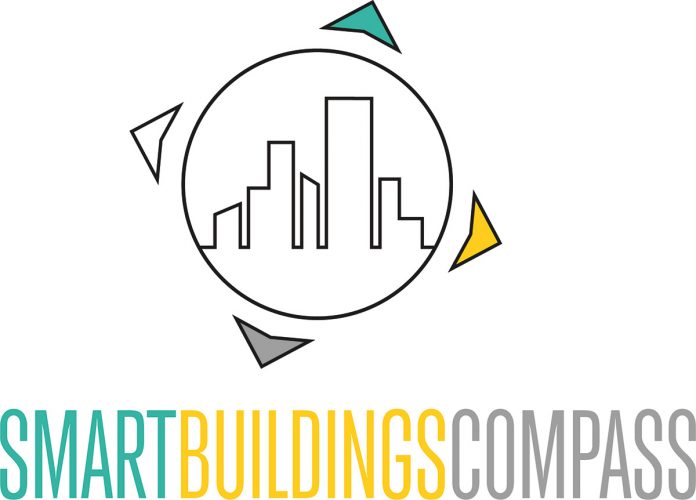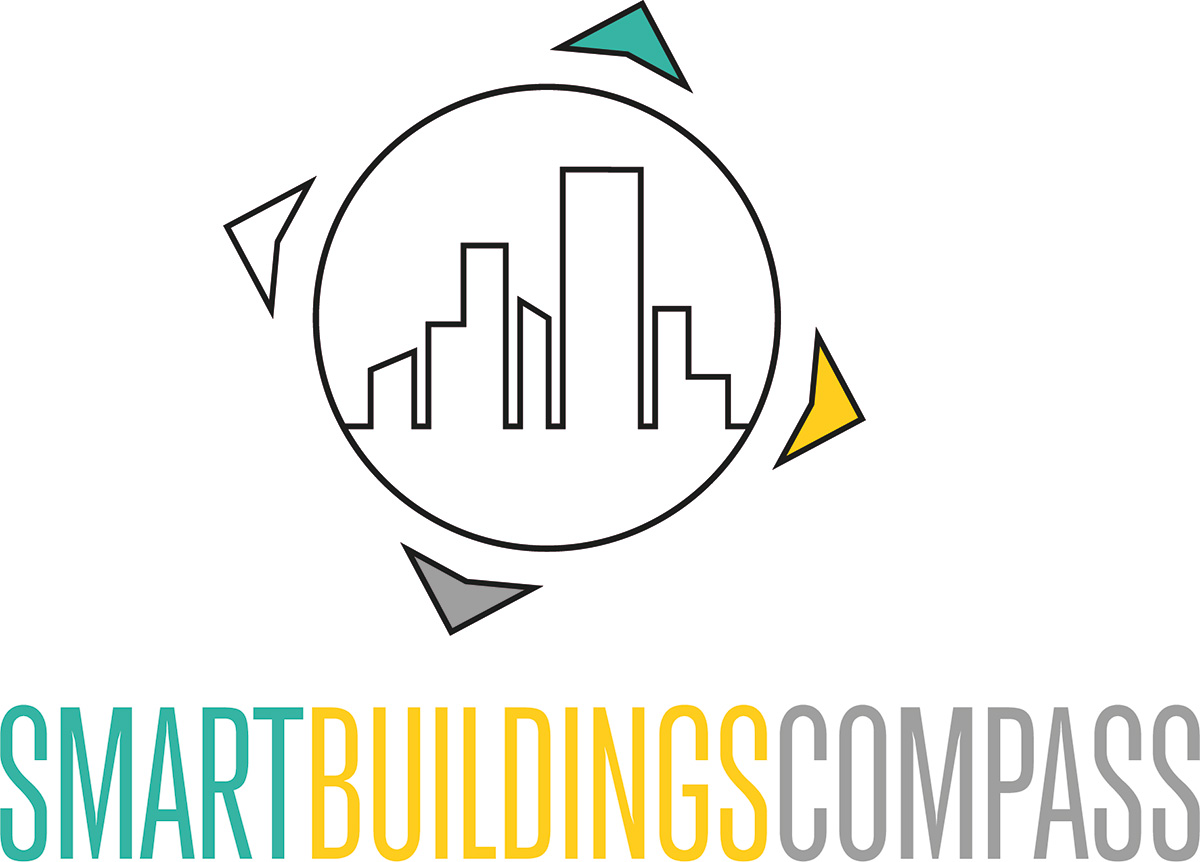Energy is a precious commodity. This can be seen in the continuously rising demand for energy worldwide and high prices for heating energy and electricity.
Energy saving aims to reduce energy consumption through innovative and efficient technologies, thereby reducing CO2 emissions in particular. This is intended to reduce the need for gas, coal and oil, achieve energy independence, save money and protect the climate. After all, the best energy is that which we do not consume in the first place.
This can be achieved through technologies that help us use energy efficiently. For example, by using intelligent technology to help us heat only those parts of the building that are actually needed. Or by producing our own electricity and using as much of it as possible ourselves.
Saving energy is also possible through smart building and architectural tricks: for example, by avoiding direct sunlight and thus eliminating the need for cooling in summer.
A good example of this is the urban concept of Masdar, the Emirates’ ecological showcase project: It combines old tradition with new technology. In Arabia, houses have always been built close together. This means that they provide each other with shade and cannot heat up too much. The buildings in Masdar are small, compact and only a few floors high. The planners designed the small town like a “nozzle” so that a pleasant wind blows through the streets. The wind is actively directed through the city, despite the hot desert temperatures, it has pleasantly cool temperatures in the streets of Masdar.
The idea of energy conservation here is to achieve the desired “output” with less final energy (electrical power, combustibles and fuels). On this platform we will present many examples and tricks on how to save energy.
Image: Shutterstock






